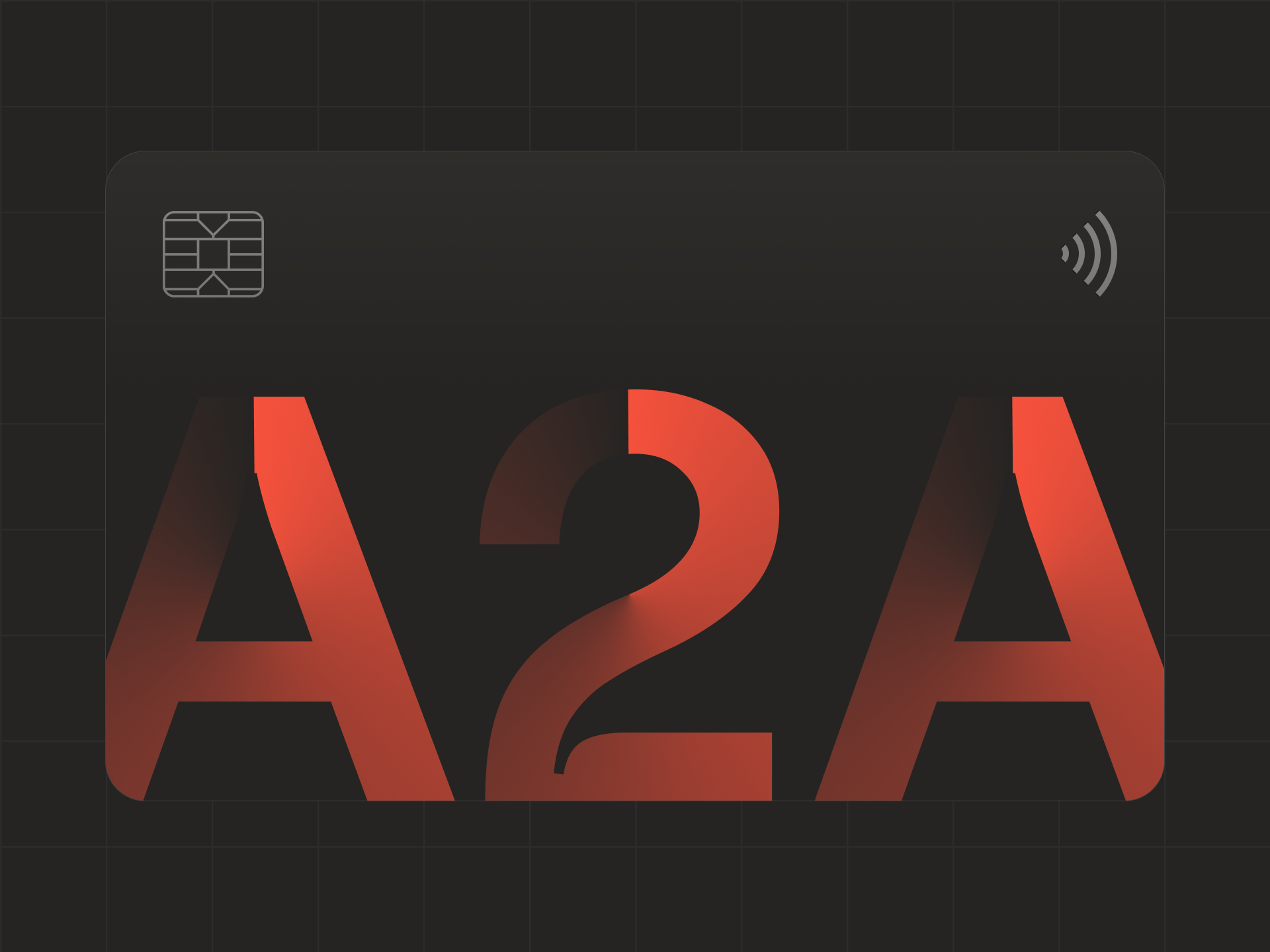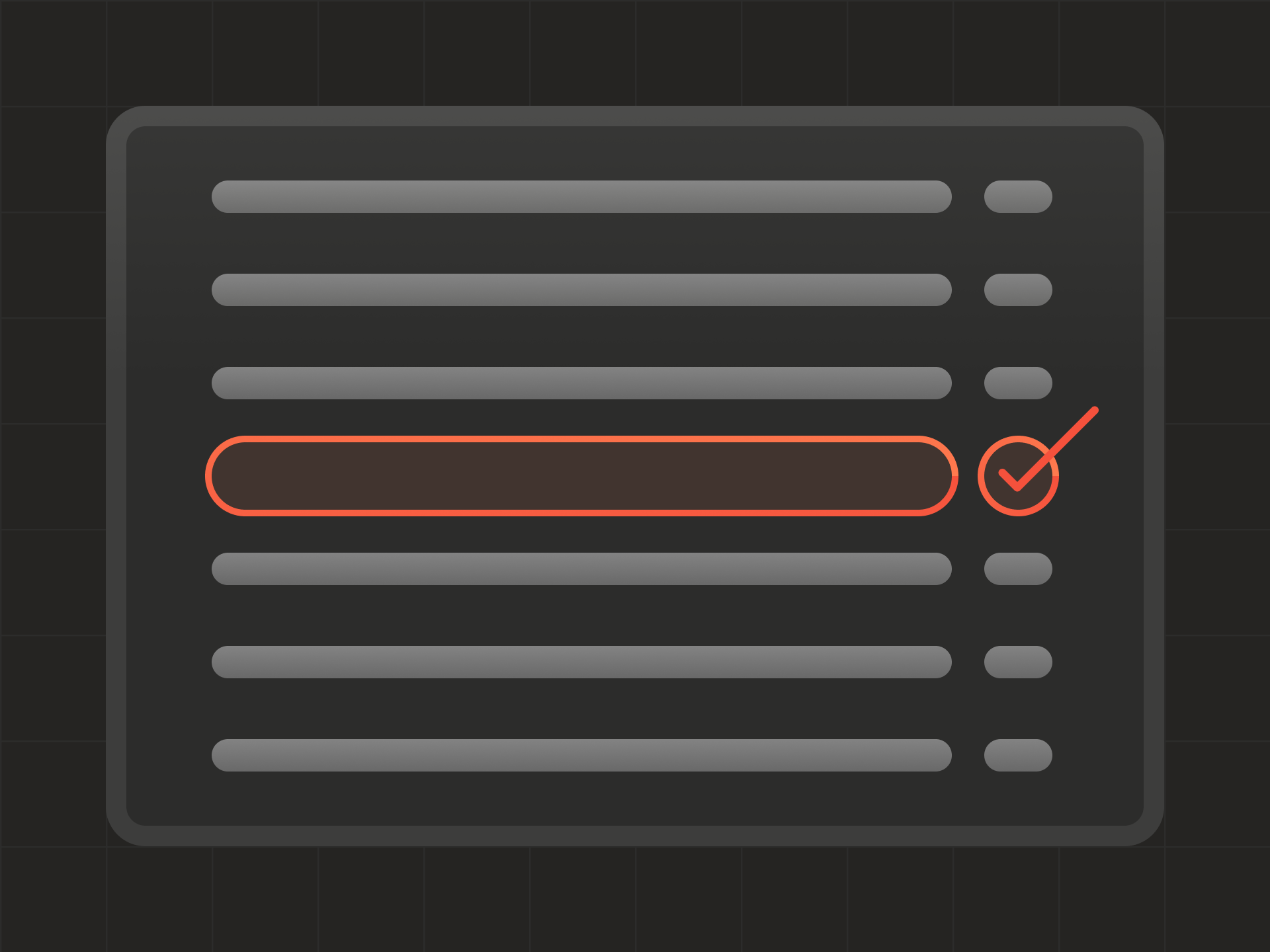Over the past decade, card-based transactions and A2A (account-to-account) payments have transformed the fintech world. What was a straightforward landscape dominated by traditional providers has evolved into a dynamic space with new players, advanced technology, and shifting consumer preferences.
We often view A2A payments and credit cards as rivals in the digital transactions sphere, each offering distinct benefits. However, one could question to what degree they compete with each other.
Much has been debated about the “card vs. A2A payments” competition. Johan Friis, co-founder of Zimpler, offers a different perspective on what’s needed for A2A to truly win over cards.
The mature industry, and the immature.
“Is cards vs. A2A payments a fair fight? I don’t think so,” says Johan Friis. “When you pay with cards, the entire routing system aims to automatically optimize acceptance, conversion, and transaction costs. Over time, the card rails have fine-tuned its process, using a network of acquirers to route all transactions automatically.”
In other words, the card system is configured to automatically route transactions through the most efficient and cost-effective channels within the network. By prioritizing acceptance and conversion rates, card transactions aim to ensure a seamless and widely accepted payment experience for consumers, benefiting from the established infrastructure of card networks and their network of acquiring partners.
“The A2A industry does not operate like this, and it’s hurting us. The industry is still maturing in that sense, but as much as we like to innovate and advance the payment landscape, we could learn a lot from legacy payments like cards when it comes to routing. I think that could change the entire game” says Johan.
Why A2A providers should join forces.
The way it works today is that every single A2A provider sells their particular bank coverage in a certain market. Coverage that they have gained through long processes, partnerships and direct integrations with banks, and that they are totally dependent on since their entire offering relies on bank infrastructure. But it also presents significant challenges, as moving into new markets is a slow, admin-heavy and risky process.
Is there a solution? Of course, if you ask Johan Friis.
“Everyone providing, using or offering A2A payment solutions would benefit long-term from applying the same routing scheme as cards. Our traditional enemies, Trustly and Truelayer for example, could easily become our friendly enemies, or frenemies, as we advance our entire industry together – taking on cards head-on. We would win.” Johan Friis says with a smile.
So, how does it work today, without the joint infrastructure? Let’s look at it from a consumer perspective first.
When the consumer reaches the cashier on a website, they are presented with different payment options. For example; cards, invoice, e-wallet and a couple of A2A providers offering instant bank transfers. When they select cards, they don’t have to choose provider, acquirer or anything else. They just enter their card details, and an optimized system does the math, ensuring the most efficient transfer.
But, if they want to pay with A2A, it’s a different story. First, the A2A provider has to offer enough bank coverage to be eligible for a cashier in the first place. Then the consumer has to actively choose which provider to pay with before hoping the chosen A2A provider offers service through their bank.
“There’s a huge opportunity for A2A players to come together and offer a more optimized way of paying instantly, and build more stable revenue streams over time,” Johan Friis argues.
Short-term loss and long-term success.
In practice, it would mean that when a consumer chooses to pay with an instant bank transfer, they just choose their bank. Which A2A provider is covering that particular bank on that particular market, is of no interest to the consumer. The business hosting the cashier could have two, four or why not eight A2A providers integrated with their system – ensuring 100% bank coverage on every market.
This also means that every single A2A provider can focus on their core banks in each market, ensuring top-class conversion and acceptance rate – something that is challenging to ensure on your own, covering all banks.
“If we at Zimpler feel that our competition is offering a better service with a particular bank, we should leave that bank to them, or rather the market would nudge us to do so. And also vice versa. Yes, that means a short-term loss for all providers, but I truly believe it would benefit us all greatly in the long term. Because we’d be able to expand into more markets more efficiently, and also advance the entire A2A ecosystem together.”
The benefits are also great for the businesses and their consumers. Businesses choosing to integrate A2A payment solutions will always get the best product at the most competitive rates, without redundancy. And the consumers will always get the best possible product and user experience, since it will always be the superior flow with any chosen bank.
“We love our frenemies. Because we’re reshaping the entire payment industry together. If our competitors are winning deals, we’re happy, because that means we are driving the shift towards a more accessible and inclusive payment landscape.” Johan Friis concludes.



